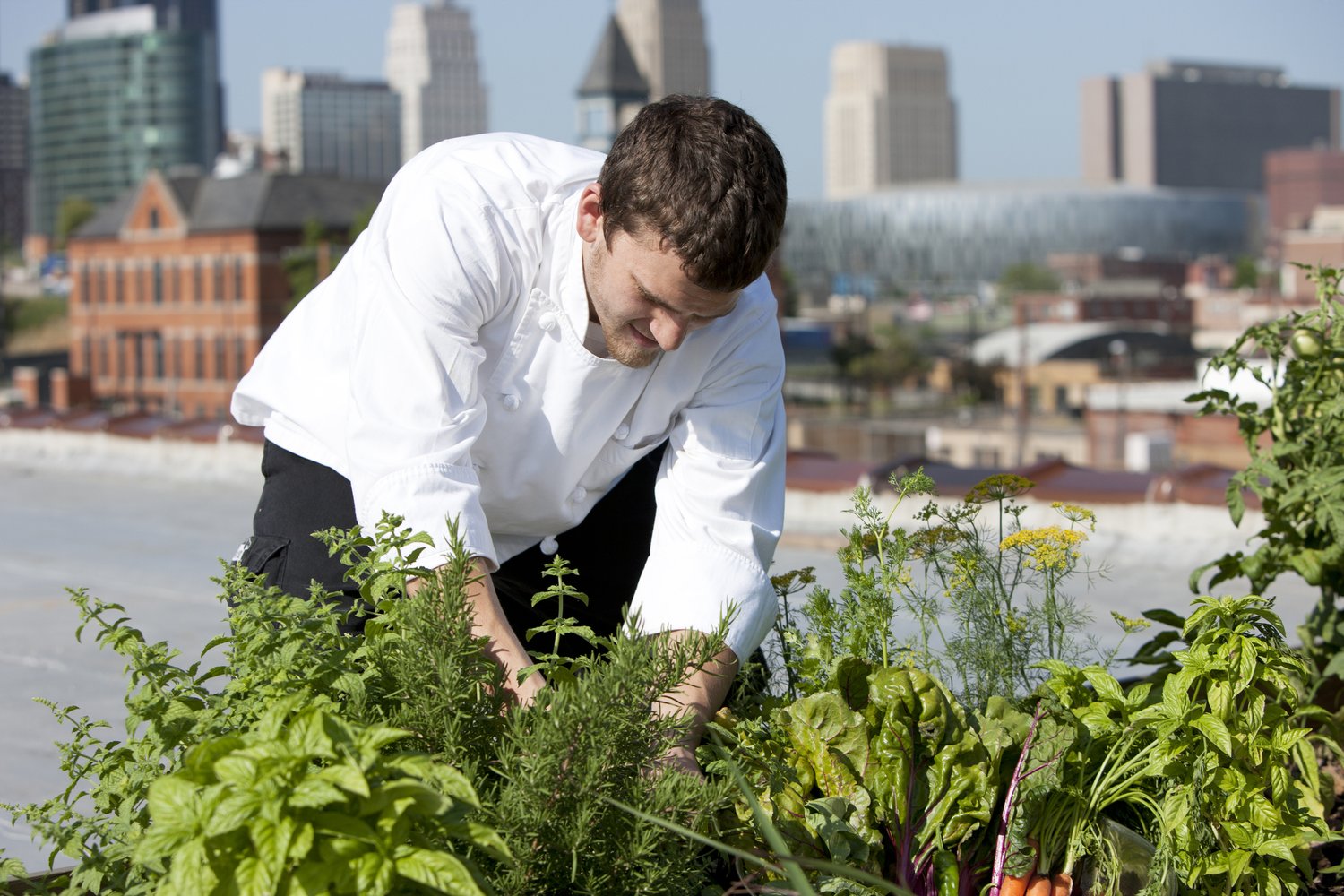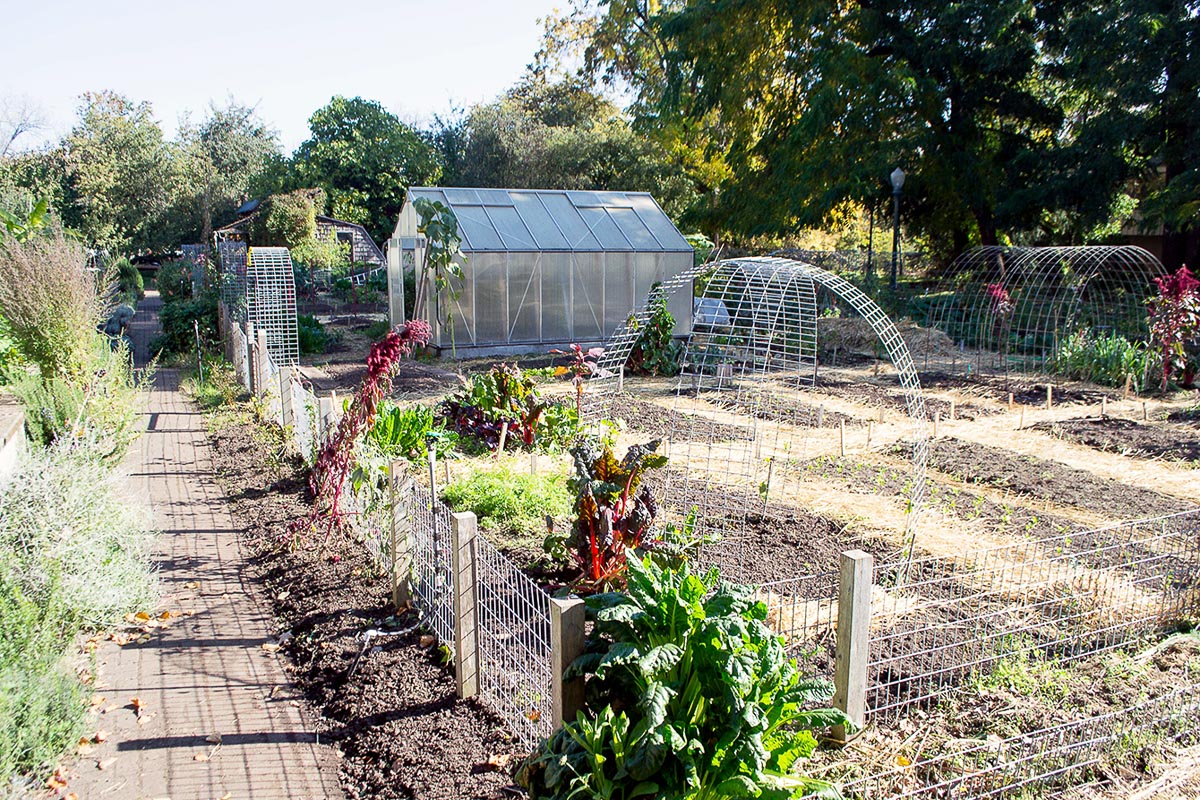The 15-Second Trick For City Blooming
Table of ContentsLittle Known Facts About City Blooming.All About City BloomingThe City Blooming Ideas9 Simple Techniques For City BloomingAll about City Blooming

As a matter of fact, as you stroll the roads of the Bronx, Southside Chicago or East Oakland, you might see have even seen big stories of ripening vegetables and fruits being harvested. Nevertheless, what exactly are urban farms and neighborhood yards? Are they various? If so, exactly how? And much more notably, exactly how can you sustain them? Urban agriculture, metropolitan farming, or city horticulture is the practice of growing, processing and dispersing food in or around metropolitan areas.
Typically, urban farming as a method is a larger investment than horticulture. There are plenty of a lot more hours spent right into the minutiae of farming, from the plant plan to the often tending of your beds. This time around dedication tackles a whole brand-new definition once you understand the objective that is being worked in the direction of and devoted, specifically that of obtaining an abundant yield of plants to be consumed.
An area yard is a solitary item of land gardened collectively by a team of people. Community yards use either individual or common stories on private or public land while generating fruit, vegetables, and/or plants expanded for their attractive look. The basic version below is that a huge team of individuals each contribute a reasonably small quantity of time to functioning their very own plot, and receive the fruits of their labor as an outcome.
The 7-Minute Rule for City Blooming

, and area organizations by helping them create and expand their own gardens. The differences between neighborhood yard and urban farm are nuanced, though in the end the very same basic task takes placefood crop growing yet within different organizational structures - home and garden.
Urban ranches are usually more organization and technology oriented, with the main function of optimizing returns and offering produce. Industrial urban farms are usually intended at broadening manufacturing on typically tiny acreage with innovations in modern technologies such as aquaculture, hydroponics, and greenhouses and might companion with a commercial kitchen area to produce locally-produced value-added products such as jams and sauces.
More About City Blooming
The produce is normally grown on a much smaller scale and is taken home to eat at home or to share. By providing much required environment-friendly areas in penniless, concrete urban locations, they enable the advantages of backyard horticulture to those lacking yards, and work as outstanding instances of self-organization and community advocacy.
Some area gardens, frequently in city areas, move right into growing for business use while some metropolitan ranches open up their land for even more socially conscious benefits. No matter of just how you specify and distinguish the two, they are both positive forces for good in cities around America and the world.
As all of Little Axe Peppers' warm sauces are sourced with peppers from area yards, your acquisitions straight help fund these local tasks (https://www.openlearning.com/u/danielnold-sfprdq/). Take part in the change by.
A good friend of mine just recently commented in a discussion regarding gardening that "It's intriguing, I have actually always thought that farming as a practice is somewhat like horticulture. As I invested more and more time in my Urban Agriculture class I have actually come to realize that to state that gardening is a mini extension of agriculture would be a bit of stretch.
The Definitive Guide for City Blooming
They both focus on the care of plants for some objective that can be nutrition, revenue or just the satisfaction of the craft. Furthermore they both call for a monetary investment on top of a time financial investment, something that a great deal of individuals in our fast paced life do not have a great deal of - eco-friendly practices.
We can see that the similarities are abundant, yet are the differences sufficient to produce a distinction? As a pupil at NYU I have the possibility to deal with the leave It Better Foundation, a team that shows fundamental nutrition and check my site gardening to high college trainees. https://cityblooming.bandcamp.com/album/city-blooming. This experience provided me an extensive venture right into the globe of amateur gardening past what many people have actually touched with
Farming as a technique is a bigger investment than gardening. There are many extra hours spent right into the minutiae of farming, from the crop plan to the often tending of your beds.
The typical garden enthusiast deals with his responsibilities as a chore instead than a necessity and as such differentiates his or herself from the farmer. With this distinction in hand, they are both comforting and soothing workouts that anyone can choose up, which by itself needs to be an advertisement for both.
Unknown Facts About City Blooming
Something failed - home and garden. Wait a minute and attempt once again Try once more